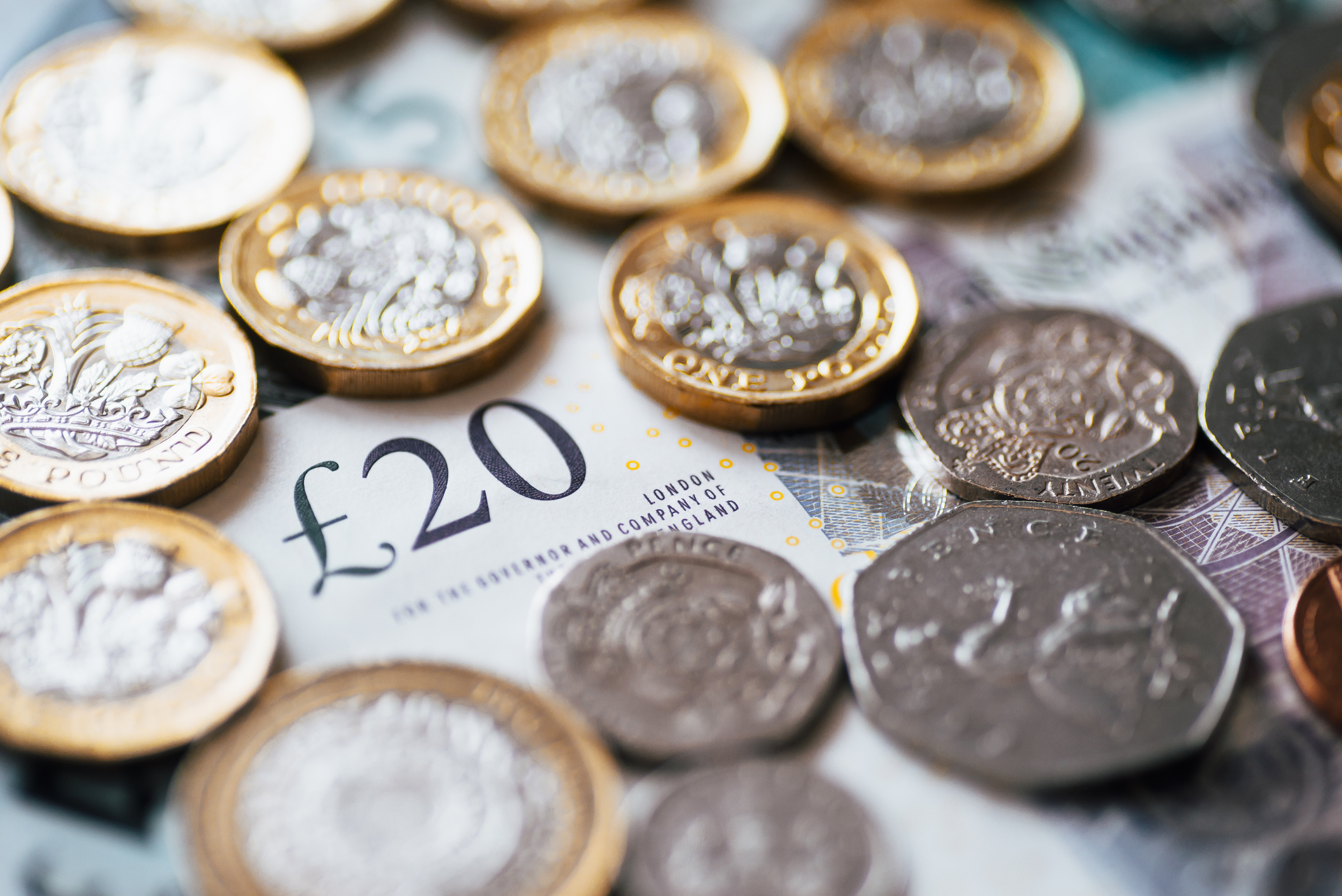

Ashley Brooks
8th September, 2017
IC Insights
Up, Up and Away…
So who are the world’s three biggest spenders on defence these days? That’s right – the US, China and… Premier League football clubs.
The 2017/18 English Premier League season has just got underway, and it has generated back-page headlines for weeks now around the multimillion-pound transfer fees that grow ever more incredible every year.
None, has yet, surpassed the £90m-odd Manchester United paid for Paul Pogba this time last year, but the club has again led the way, shelling out £75m for Romelu Lukaku.
Other eye-catching deals include Alvaro Morata (£58m) to Chelsea, Alexandre Lacazette (£46.5m) to Arsenal and Benjamin Mendy (£52m), Kyle Walker (£50m) and Bernardo Silva (£43m) – all to Manchester City.
Method in this madness?
On the face of it… no, but, as we always like to look at both perspectives here at DB Wood let’s try to make the argument that there is some method in this madness.
Perhaps the ‘money illusion’ is at play here. The definition of the money illusion is that people think of money in nominal terms rather than real terms (after inflation). This means that its numerical value is mistaken for its purchasing power (how much that money can buy). Being a millionaire twenty-years ago meant more than being one today. The purchasing power of course sets the real value.
The record price paid by an English club progressed quickly from the £3.6m move Alan Shearer made from Southampton to Blackburn in 1992/93, to the £8.5m transfer of Stan Collymore from Forest to Liverpool in June 1995, to the £28.1m paid by Manchester United for Juan Veron in 2001 (Wikipedia…source). It is not that Veron was 3.3x the player Collymore was, but just that the same money buys less.
Normal inflation vs football inflation:
Even when adjusted for inflation, the figures paid today seem huge compared with what players have historically been worth.
If we add the inflation rate since Shearers transfer in 1992, his £6m adjusted for inflation price tag is still less than half that of the most expensive uncapped English players – currently Jordan Pickford (£25m, paid by Everton), Harry Maguire (£17m, Leicester City) and Jordon Ibe (£15m, Bournemouth).
The special ingredient missing from this analysis is Premier League television rights of course. In a similar vein to London house prices, these have increased significantly faster over the last 25 years than the headline inflation numbers would suggest.
So, what would Sky and co be likely to be paying for the Premier League rights today, given that they paid £38m for them in 1992/93? Applying normal inflation would yield a figure in the region of £75m. Before you read on, how much more do you think they paid…?
Well……Sky and BT are currently stumping up £1.72bn a season! That is definitely not nominal inflation… it’s crazy TV rights inflation. For the mathematicians amongst you, this equates to a compound inflation rate of 28.94% per year since 1992. These funds of course are resulting in increased revenue for clubs. (Incidentally, the amount past from the TV stations to the football teams in the Premier League has increased by an 16.4% per annum, showing a sizable profit for the TV guys).
Taking this one step further, and applying the inflation figure of 16.4% to Alan Shearers purchase price in 1992, Alan would be worth £162m in today’s market. Amazingly, that is not even expensive enough to find him among the top five transfer fees paid by Premier League clubs, after adjusting for ‘ crazy TV rights’ inflation.
So what can us mere mortals at DB Wood learn from this lesson to take into our investment and planning world?
Lessons:
The most obvious, perhaps, is that, as we have said before, the impact of growing something by a set amount each year for a long time – an idea known as ‘compounding’ – is a surprisingly powerful force. Don’t just let investment funds sit in cash and national savings products. Try at least to keep pace with inflation. Cash accounts are paying all but nothing these days, and with inflation currently standing at 2.6%, you get a strong negative result in real terms.
Protecting from inflation is one thing, but protecting from the tax man is another. It is interesting that as football price increases have accelerated in recent years, the number of tax investigations have increased correspondingly.
Use your pension and ISA wrappers where possible, and then accumulate into other tax efficient wrappers once these are used. There is a hierarchy of tax wrappers, a bit like the top 4 in the Premier League. Please note, in my opinion buy to let property is not an effective tax wrapper.
If you plan successfully, you can reduce your effective tax rate on your income in retirement to well below 10% per annum* and maximise your wealth transfer to your loved ones. Unlike Premier League footballers, we aim to ensure clients wealth is not just sustainable, but also transferable.
*source DBW client financial planning service
Categories
Recently Written
Join our mailing list




